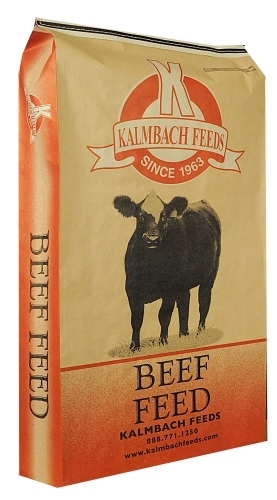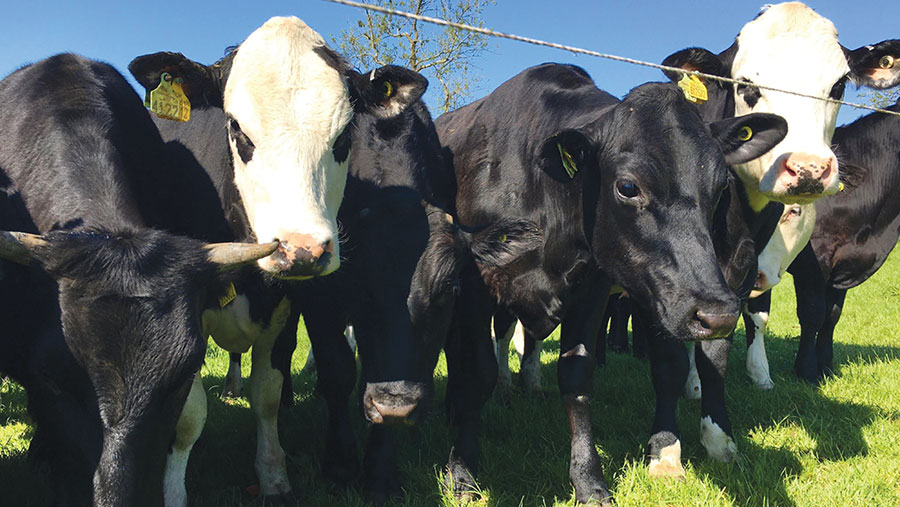

You should keep all pens, races (narrow passageways), crushes (restraining gates to aid handling) and floors in good condition. Handling pens should protect the animals from extreme weather and be the right size and scale for the type and number of animals in the herd. Make sure that any concrete floors and walkways have a non-slip surface which doesn’t cause too much abrasion or pressure on the animal’s feet. Your assessment should include the condition of: You should judge the type and condition of any track you move cattle along. any discharge from the nostrils or eyes.

You should check for signs of ill health, which include: You should inspect your herd at least once a day and have enough lighting to do so.

If you’re involved in the Basic Payment Scheme, you need to follow cross-compliance regulations. Qualifying for the Basic Payment Scheme and cross-compliance


 0 kommentar(er)
0 kommentar(er)
